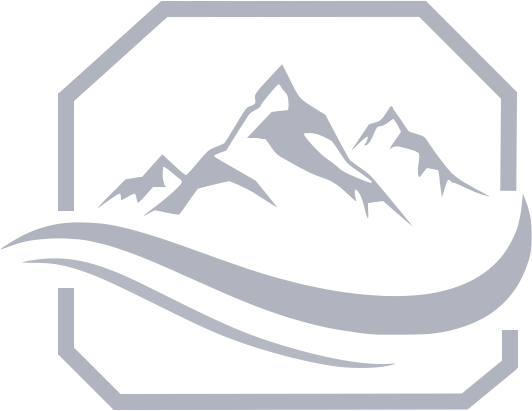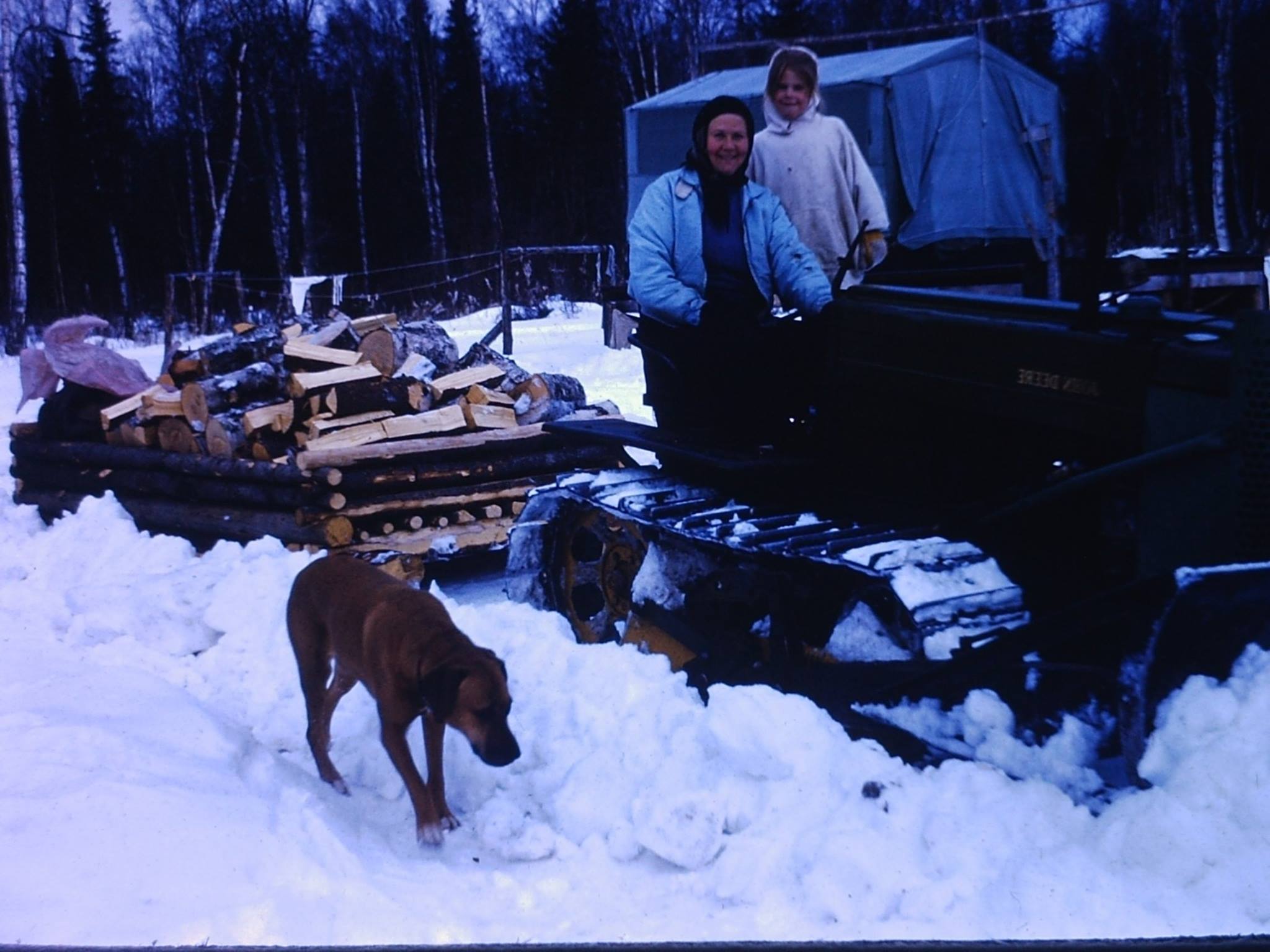– WARNING! Long post follows! –
Success! As a teenager, I always wanted to restore an old Willys Jeep that was used by my dad, my Aunt Lori, my Aunt Arlene and my grandparents on the family homestead before I was born.
Several years ago I hiked in and took a serious look at the Jeep with the idea of removing it and restoring it. I realized the 50 years of harsh winters, in addition to looting and damage due to a tree that fell on the Jeep made my idea infeasible. Sadly, she was just too far gone.
However, I decided I wanted to salvage the front grill of the Jeep. I came back with tools and my kids and we went to work. However, even that task proved too difficult. The bolts were severely rusted and we could not get them loose.
Yesterday, Micah, Tyler and I planned for every possibility! We hiked in with three backpacks carrying a myriad of tools including a battery powered grinder and sawzall. We now have the grill and we can start on our next project – wiring it with lights so it can be hung above the workbench in our garage. As we were driving, I told the boys a bit about the history of the family homestead and why it was so special to me. When I finished, Tyler said, “So this really is a piece of Horning family history!” Yes, Tyler. Yes it is. The following was written by my dad telling a brief history of the Talkeetna homestead.
The following history was written by my dad.
– –
Sixty years ago my family filed on about 200 acres of land at MP220 on the Alaska Railroad under the old Federal Homestead Act.
After a tremendous amount of hard work (choosing a cabin sight, constructing a rough road to the sight, building a cabin, clearing 20 acres of forest and planting it with a crop of test garden peas from the University of Alaska Extension Service, establishing other smaller garden areas for our personal use, and then doing all the things necessary to live full-time in semi-isolation for five years) we were permitted to buy the land for $1.25 an acre.
There was no road to our homestead claim. The only way in or out was via the Alaska Railroad passenger train. Their right-of-way went through a half mile of our land. We were given a green and white flag and permitted to flag down the north bound and south bound trains to get in and out.
All of our supplies were shipped in on the train (what we could carry by hand via the passenger train and the larger items via a weekly freight train called The Peddler which stopped and unloaded our supplies at MP220). The first winter (before we built the cabin) we lived in a tent which we pulled over a wooden frame we had built on a platform raised four feet off the ground. That first winter was a rough!
Homesteading is a wild, exciting, dangerous, and wonderful experience…
We dealt with brown bears (they tore two doors off of our kerosene refrigerator before we wised up and put our fridge inside the cabin instead of out on our deck (we were afraid of fumes in the cabin); they fished for salmon every fall 75 feet from our cabin door (at the confluence of two streams); one chased my sister through the forest until a friend shot several times in the air and frightened it away; another trapped me in the outhouse for over an hour (I never pulled my pants up as slowly and quietly as I did then!); another came up on the cabin deck and put its paws on each side of the door and watched mom through the window as she cooked dinner on the wood stove (she beat two pots together and everyone yelled and it ran away).
We dealt with floods which often inundated the area where we had unwisely built our cabin. We fell trees; split wood; watered our gardens with water carried by hand from the stream in buckets we made out of old metal kerosene and gasoline cans; We fertilized the gardens with hundreds of dead salmon each fall; We did things that seem almost impossible to us now.
We had no electricity, no phone, no indoor plumbing, heated the cabin with a wood stove and cooked our meals on a wood range. We bathed in the stream or in a big over sized metal washtub which we hung on the side of the cabin. Mom washed our clothes using a wash tub and one of those wooden scrub boards.
The nearest town was Talkeetna which was seven miles away. The only way to get there was to flag down the train or walk the railroad tracks there and back again.
Everything we had at the cabin had to be carried in by hand the half mile from the RR tracks or dragged there on wooden “stoneboats” by a used John Deer crawler we bought and had shipped in from Anchorage on The Peddler.
Later we purchased an old Jeep which made getting in and out faster but was unusable on the trail in the winter (as was the John Deer) because the snow was often 6-8 feet deep (or deeper). In the winter we walked in and out on snowshoes (we had no snow machines) and pulled our supplies on sleds.
The winters were cold. it was often 30° below zero or colder so we built a log frame and stretched a tarp over it out by the RR tracks. We put a wood stove in it and it served as a waiting place to stay warm in the winter while we waited for the north or south bound trains (which were often late) and which we flagged down with a lantern.










